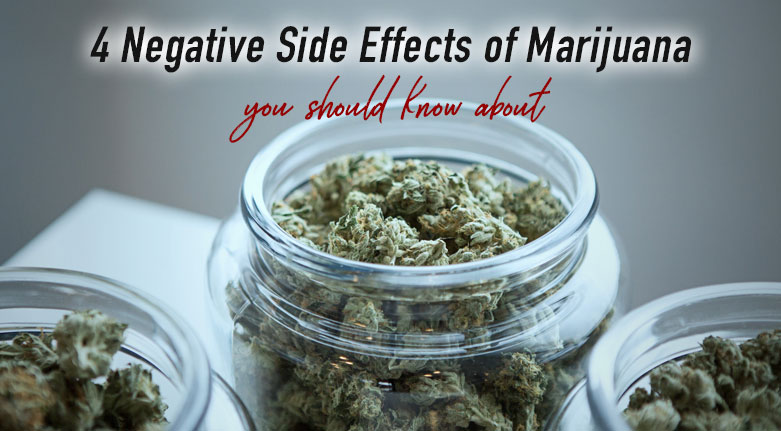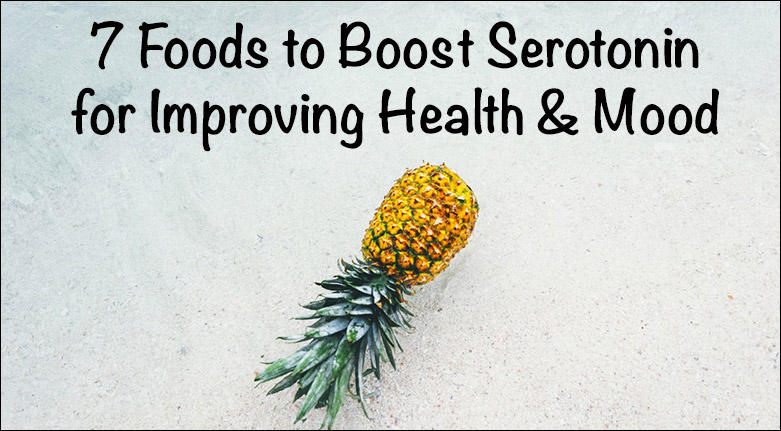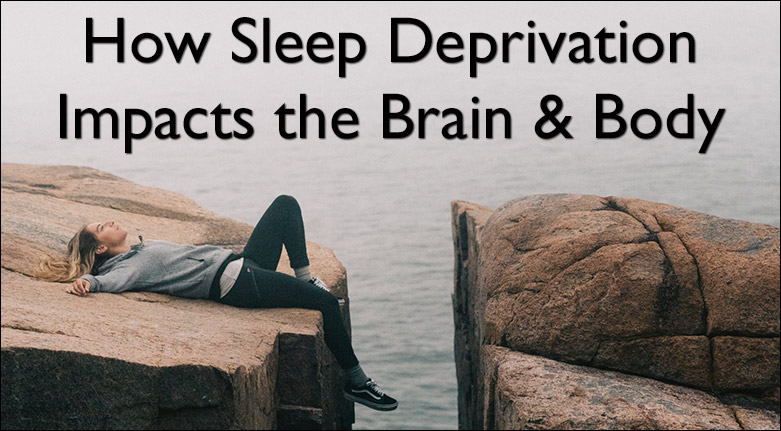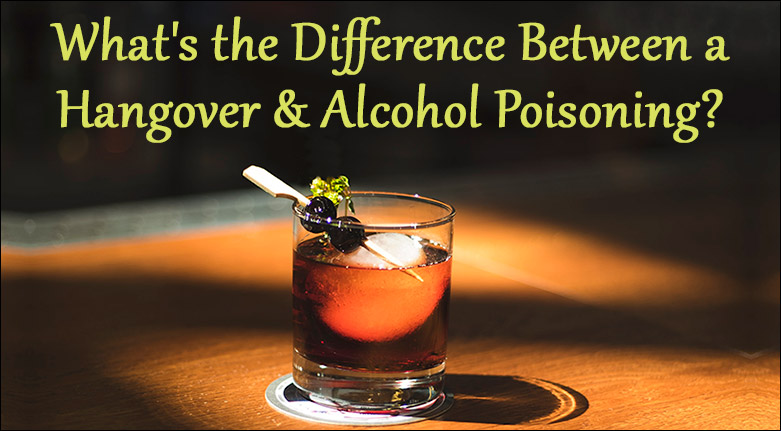It’s no secret that millions of people in the United States use marijuana on a daily basis. Recreational marijuana is legal in ten states plus the District of Columbia (Washington D.C.), and over 30 states medically.
When compared to harder drugs, like heroin or methamphetamines, the mental and physical effects of weed seem tame, which is why so many people see no harm in using it.
However, there are some side effects of marijuana that users need to be aware of in order to protect themselves from potential harm.
Is Marijuana Really that Bad? Here are 4 Negative Side Effects of Marijuana
Unfortunately, marijuana can cause unforeseen health problems, both physically and mentally. Here are just a few of the seriousside effects of marijuana.
1. Weed Can be Addictive
Millions of Americans view marijuana as a recreational drug that they can quit at any moment – and many do.
Some people aren’t as fortunate, though. One of the main psychoactive chemicals in marijuana – THC – can be addictive, depending on a person’s physical, mental, and chemical makeup.
For these folks, trying to put an end to their weed use can be extremely challenging, especially if they are a daily smoker, or have been using it regularly for a long period of time.
Approximately 30% of users, especially those who start using the drug before the age of 18, experience marijuana use disorder, which can lead to dependency and withdrawal symptoms when they try to quit.
The earlier a person begins smoking pot, the higher the chances are that they will develop a dependence, and possibly an addiction to marijuana.
We’re still a long way from having empirical data to know just how addictive marijuana actually is, because it has been classified as a schedule I drug since the 1970s, so there has been almost no research conducted.
It is known however, that marijuana use affects the endocannabinoid neurotransmitters, and those who are dependent on the drug, have a decrease in the production of endocannabinoids in the brain. Those who are addicted cannot stop using it without outside professional treatment.
2. Marijuana Can Stay in the Body for a Long Time
One of the most frequently asked questions is, “how long does weed stay in your system?”
It’s easy to assume that the drug is out of the body once a person stops experiencing the relaxing, hallucinogenic effects of weed.
Actually, that’s not the case. Weed can stay in the body for several weeks, and in hair follicles for much longer. The duration can depend upon any of the following factors:
- The amount of body fat a person has
- The frequency of use (a few times a month, weekly, daily, multiple times per day)
- How much is smoked each time
- Strength of marijuana smoked (or ingested by eating)
The strains of Marijuana available today are very different than the types found 20 or 30 years. Today’s strains are also much more potent than those even a decade ago, and it’s not uncommon to find THC levels to be 20 percent and higher. Concentrates are now being produced with THC levels at 70 percent or more.
With higher THC levels, marijuana can stay in the system even longer than it used to when lower potency levels were more common.
Even in states where it is legal medically or recreationally, people who smoke pot are at risk of failing a drug test, which could impact their ability to get and keep a job. This is why so many people want to know how long does weed stay in the body.
3. Is Weed a Depressant?
Many people often ask,“is marijuana a depressant?” This is a good question, and it really depends on a wide variety of factors. According to researchers, marijuana can be classified as a depressant, stimulant, or hallucinogen.
Why is weed a depressant? Basically, marijuana slows down brain function, which can have a relaxing effect on a person, similar to alcohol or Xanax. It can help with insomnia, stress reduction, and anxiety.
As mentioned previously about the different types of strains, today’s marijuana is now being cultivated and crossbred with other strains to target, and offer relief for a variety of medical symptoms, just like prescription medications.
Some strains are very uplifting and provide a boost of energy. These are usually Sativa strains and they provide relief from depression, which explains why they can be considered stimulants.
Indica strains, on the other hand, work well for pain management and administer calming or soothing effects. These strains are generally considered depressants. Many people who smoke pot recreationally don’t know what type they are getting, and they have a different experience each time.
Unfortunately, depressants – including marijuana – can have negative side effects, including:
- Nausea and vomiting
- Dizziness
- Reduced coordination
- Short-term memory loss
- Slurred speech
4. Marijuana Can Adversely Affect the Brain
Another popular question a lot of people have about pot is: Does marijuana kill brain cells?
This argument has been going on for years, with weed supporters saying it has no effect, and others saying it absolutely kills brain cells.
There’s no doubt about it, there are definite mental side effects from using marijuana. Some of the side effects are actually positive – such as if a person has cancer and requires relief from the negative impact of chemotherapy or radiation. Studies have also shown that marijuana can reduce the symptoms of Alzheimer’s Disease.
However, people who are healthy can actually damage their normal cognitive functioning through the regular use of marijuana. The drug disrupts communication within the brain and can interfere with learning and memory capabilities.
Also, regular users develop a tolerance to smoking pot, which requires them to either smoke it more often, or in higher doses than previously.
This is because the brain adapts to the use and tolerance, and stops producing the normal amount of endocannabinoid neurotransmitters. Instead, the brain relies on marijuana to produce the calming effects associated with these important neurotransmitters and stops producing them naturally.
Marijuana Addiction – How People Can Get the Help They Need to Quit
Depending on a person’s overall health, brain chemistry, addictive tendencies, and frequency or duration of use, ending marijuana use can be extremely difficult.
Anyone who is concerned about smoking too much pot and the negative side effects of marijuana should consider seeking the help of a recovery program.
There are treatment facilities that offer inpatient, residential recovery programs for marijuana addiction, and others offer treatment as an outpatient option. The best fit will depend on each person’s needs, and a proper medical assessment from a trained addiction specialist.
Most general medical doctors aren’t trained in addiction medicine, so it’s important to find help at a formal addiction treatment center. Look for a non 12 step treatment program that offers marijuana addiction treatment.
Because many people use marijuana as a coping mechanism for other mental health issues such as depression or PTSD, it’s necessary to find a treatment center that specializes in dual diagnosis treatment as well.
The path toward an addiction-free life can be made easier with scientifically proven therapies, as well as a compassionate support system.







